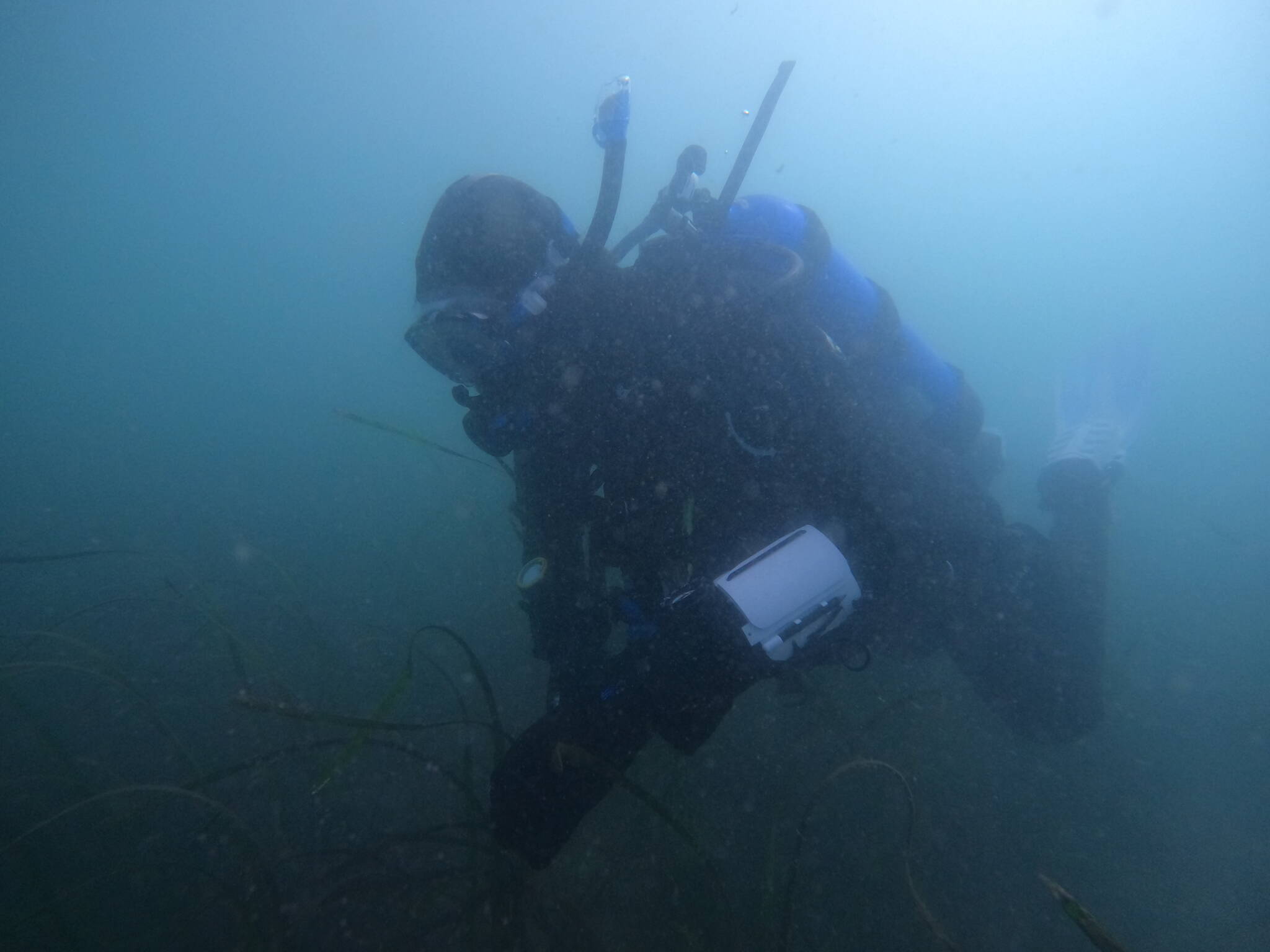The Samish Indian Nation are one of many Coast Salish tribes that once made San Juan Islands home, and as climate change becomes a reality, they have been actively working to protect the area.
“We are trying to be proactive. Indigenous people have a connection to place, and they feel [the effects of climate change] the deepest,” Todd Woodard, Samish Nation’s Department of Natural Resources Director said. Woodard himself is not a member of the Samish Nation. He grew up on the East Coast, and but loved the Pacific Northwest and he and his wife jumped at the opportunity to relocate there.
“I’ve always been an outdoorsman. I saw a chance to save things I’m passionate about and turn it into a career. I get to do what I love. I find it tremendously rewarding” Woodard explained that the department is small and faces many challenges in the quest to preserve areas and creatures of cultural significance.
“It’s really a death by a thousand cuts,” Woodard explained, pollution, land use, rising temperatures and rising seas are just a few.
Orcas are the number one priority and a prime example of systemic wide issues the region faces.
“The Samish view {Southern Residents] as family, therefore, for them it is like trying to save a child or relative,” Woodard explained.
Threats to the Southern Resident Orcas that frequent the San Juans include lack of Chinook salmon, pollution, and noise from boats.
“Unless we start acting with their best interest at heart, they will continue to struggle. There are far more memorials now than namings,” he said.
To restore salmon habitat requires restoring and protecting rivers and beaches, preventing ocean temperatures from rising, cleaning up oceans and taking a good look at modern fishing practices. The tribal council passed a resolution that they will no longer serve Chinook at tribal events. “And that is a big deal, giving up something that has been of cultural significance, a part of them, since time immemorial,” Woodard noted. He added that the fishing industry had collapsed on the East Coast.
Woodard’s team has been on the ground cleaning beaches, removing sea walls, replanting trees along riparian zones and more. On one shoreline, forage fish were spotted spawning almost immediately, according to Woodard.
For the eighth season, his team has removed creosote from beaches, along with styrofoam and other toxic non-biodegradable items.
“That creosote will no longer move up the food chain,” He added proudly.
Kelp forests, critical habitat for countless species, have been declining. Samish DNR divers have been working with Friends of the San Juans to photograph and monitor kelp. They have discovered approximately 30 percent decline in kelp in about 20 areas throughout the islands.
Besides Friends, they have also teamed up with the San Juan Preservation Trust and other non-profits, neighboring tribes and government agencies as well.
“We have a really good relationship with San Juan County Community Development and Planning Department,” Woodard said. When the Aleutian Isle sank during the summer of 2022, the Samish assisted. Sadly, their crew had been cleaning up beaches in the area right before the vessel sank.
“We wouldn’t be able to do half the work we do without our partners,” said Woodard.
Like the San Juan County Environmental Stewardship Department, the Samish are beginning a survey of areas vulnerable to increased sea level rise.
“We are looking at the landscape and thinking about the implications to the species and what can be done. This will be the first comprehensive survey,” Woodard said.
When asked what he would like to see from San Juan community members, Woodard said, “Engage with indigenous communities, have meaningful partnerships with them. Don’t just say this is what we are going to do, what do you think, but this is what we are thinking of doing, we would love your input.”
The phrasing may sound similar but the difference results in truly listening to tribal input and incorporating them into future plans.
“No matter where you are there are underserved communities that have knowledge of the area and know what the area was like [hundreds of years ago], The San Juans were heavily utilized by numerous indigenous people,” Woodard said. “The bounty of this area is why they continue to thrive.”




